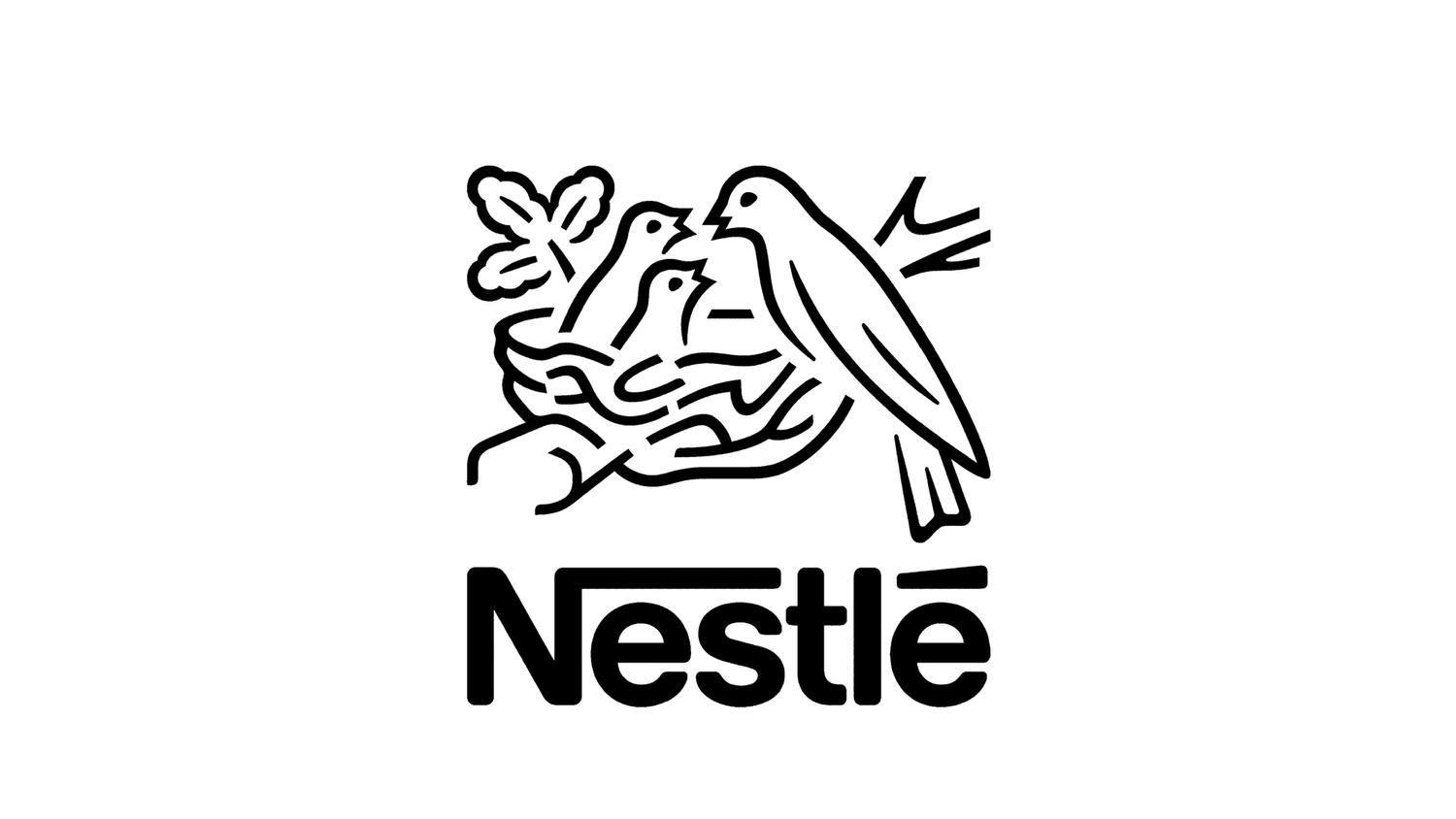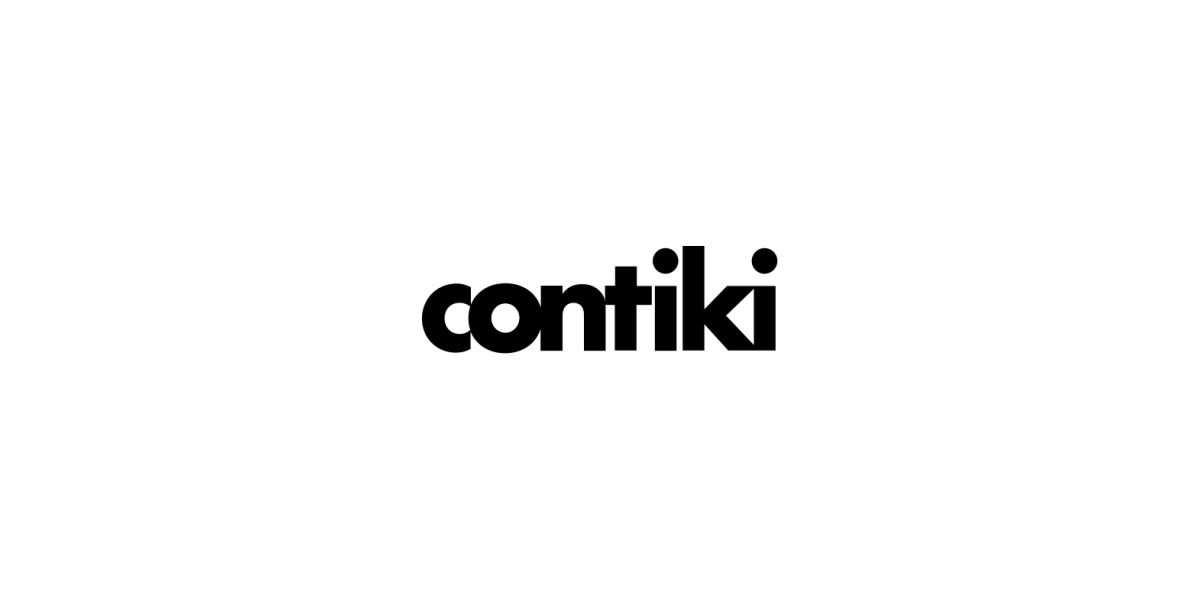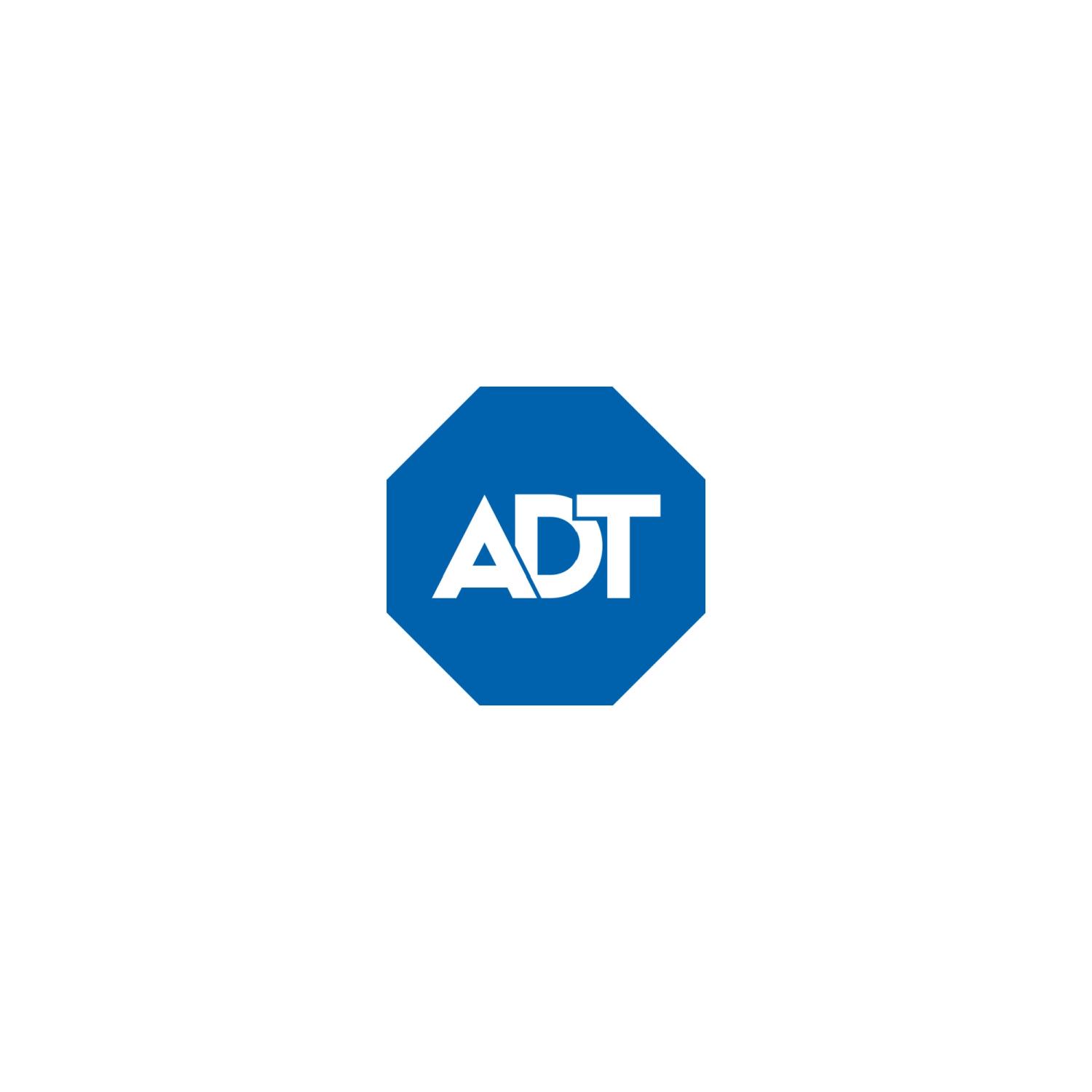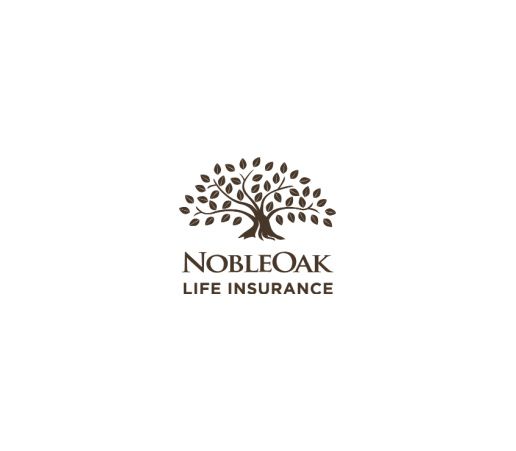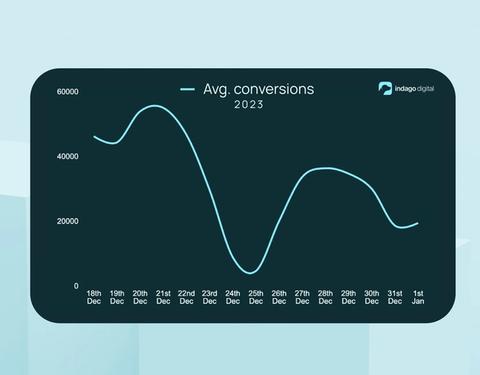Data Visualisation Agency

Bring your data to life

Why invest in data visualisation?
Drowning in data but struggling to make sense of it?
A well-crafted dashboard cuts through the noise—simplifying the complex, saving you time, and giving you the clarity to make smarter decisions, faster.
As Sydney’s leading data visualisation agency, we turn scattered reports into clear, compelling visuals that tell a story and drive action.
Whether you’re tracking campaign performance, customer trends, or sales data, our dashboards help you spot opportunities faster, optimise with confidence, and turn insights into impact.
Data visualisation, done differently

Our dedicated team of data visualisation experts works closely with you to ensure every insight is relevant and actionable.
With five in-house specialists fully focused on your needs, we provide tailored attention and transparent communication every step of the way, so you can feel confident your data always aligns with your business goals.
Forget cookie-cutter dashboards.
We harness industry-leading tools like Tableau and Looker to build custom data visualisations that actually make sense for your business.
No clutter, no fluff—just clear, insightful reports that help you track what matters, spot trends faster, and make smarter decisions with confidence.
We don’t just follow best practices; we help define them.
Our data team includes published researchers and thought leaders, meaning you’re not just getting a data visualisation service—you’re tapping into industry-leading expertise.
With hands-on experience across various industries, we consistently deliver trusted, innovative solutions to keep your business at the forefront of data-driven decision-making.
Our 3-step data visualisation approach

From the get-go, our focus is on creating a data visualisation solution that drives your business forward.
We kick things off with an in-depth consultation where we get to know your business, your reporting goals and the metrics that matter most to you.
From here, we�’ll dive into your current setup, pinpoint opportunities for improvement and tailor a strategy that’s perfectly aligned with your needs.
This is where strategy turns into something tangible.
We start with a prototype—an initial version of your custom dashboard. Through continuous collaboration and feedback, we refine the design, making sure it’s intuitive, insightful, and fully aligned with your objectives.
The result? Data that not only looks good but works harder for you.
A great dashboard is just the beginning.
To keep everything running smoothly, we provide ongoing maintenance and performance monitoring. If any issues arise, we’re on it—ensuring your dashboard stays accurate, reliable, and up-to-date.
This commitment to proactive support means you can trust your data visualisation tool to deliver accurate results, every time.
Explore our data services
From our clients

Meet our data team
Our recent data projects

Contiki
How our team of data experts improved Contiki's data insights, allowing them to optimise towards consumer transactions.

Robert Half
How we achieved a 138% increase in year-on-year organic traffic for Robert Half by combining technical content and outreach.
Our latest data articles
Frequently Asked Questions
What is a data visualisation agency?
A data visualisation agency specialises in transforming raw data into clear, engaging visual formats like charts, dashboards, and infographics.
Our goal is to help our clients make sense of complex data, uncover insights, and communicate information effectively. By combining design expertise with analytical tools, we leverage data by turning numbers into visual stories that drive strategic decisions.
What are the main goals of data visualisation?
The three main goals of data visualisation are:
- Communicate: Transform complex data into clear visuals that effectively convey insights, making it easier for audiences to understand and engage with the information.
- Analyse: Identify patterns, trends, and anomalies within datasets, enabling deeper understanding and data-driven discoveries.
- Strategise: Use the insights gained from visualised data to guide decision-making, set priorities, and develop plans for achieving goals.
What are the steps in data visualisation?
Data visualisation teams follow a five-step process:
- Understand your data: Collect, clean, and analyse your data to identify key insights.
- Define purpose: Determine the goal and audience for your visualisation.
- Select visuals: Select charts or graphs that best convey the data's message
- Design for clarity: Ensure the layout, colours, and labels enhance readability.
- Review and refine: Test, gather feedback, and adjust for maximum impact.
Is data visualisation in demand?
Data visualisation has emerged as a pivotal tool in today's rapidly evolving world. As data continues to accumulate at an exponential pace, it's become progressively challenging to distil valuable insights from the raw information.
As a result, the demand for effective data visualisation techniques has surged, enabling us to uncover meaningful patterns and trends amidst the vast volume of data.
What is the most popular data visualisation tool?
Tableau, a widely acclaimed data visualisation tool, stands out for two primary reasons: its user-friendly interface and impressive capabilities. With seamless connectivity to diverse data sources, Tableau allows users to create various charts and maps effortlessly, fostering insightful data interpretation.
Another increasingly popular tool is Looker, which integrates effortlessly with Google Cloud and tools like BigQuery, enabling businesses already using Google's services to maximise their data potential.
What are the main types of data visualisation?
Data visualisation comes in various forms, tailored to different purposes.
- Charts, graphs and scatter plots are great for comparing data trends.
- Tables provide structured, detailed insights, while infographics combine visuals and text to tell engaging data stories.
- Dashboards offer interactive views of multiple visualisations for real-time analysis.
- Maps highlight geographic trends and diagrams or flowcharts illustrate processes or hierarchies.
What are the 3 C's of data visualisation?
Three key elements are crucial to creating a compelling data dashboard: clarity, consistency, and context. While these factors are not the only considerations, they serve as a solid foundation, particularly for those new to business intelligence.
It's important to note that there are other essential aspects to consider but by prioritising these three elements, you'll be well on your way to crafting a captivating narrative with data.
What is the future of data visualisation?
In the future, interactivity will be essential for data visualisation. Relying on static charts or graphs is no longer enough to fully understand complex data—interactive visualisations are becoming the norm for deeper insights.







